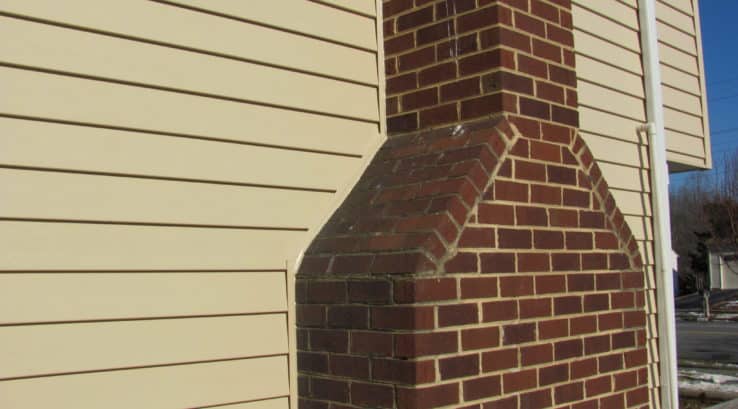There are many home improvement projects to choose from when you’re looking to boost your home’s curb appeal and value. However, arguably the most impactful renovation you can do is reinstall your home’s siding. Your siding is the biggest organ of your house and is most obviously seen from the outside. Reinstalling your same vinyl siding, or choosing a new style are important upgrades to protect your home’s future.
When is it Time to Replace Your Siding?
There are a few indicators that your siding will need to be replaced sooner rather than later. Some telltale signs that your siding needs replacement are:
- Cracks
- Mold or Mildew
- Peeling
- Fading
- Pulling Away from Structure
Vinyl siding can last about 30 to 40 years when well maintained, so If your siding is reaching the end of this lifespan, you may be noticing some of these symptoms, and they can occur more frequently if siding is unmaintained. If you notice these things, vinyl siding should be replaced before further damage occurs. If siding is left without maintenance, more damage can be done to the structure of your house as well as the inside, such as:
- Rain damage
- Mold or Mildew inside the home
- Lack of Insulation
When is the Best Time to Install Your New Siding?
Once you’ve decided on a material and style of siding, it’s time to start thinking about the timeline of getting it installed. There are a few optimal times in the year to do this project, for the best weather conditions to yield the best results. There are pros and cons associated with having installation done during certain seasons to take into consideration.
Pros and Cons of Winter Installation
It may seem inconvenient to have your exterior worked on during the colder months, but there are a few perks to planning your renovation for the winter. For one, contractors tend to have more availability in the winter. Since most home renovations occur during the Spring and Summer, you will likely have more freedom in scheduling. Plus, this work won’t have any impact on your landscaping, since water is a dormant month for grass plant life.
Some cons of installing during the winter have to do with the colder temperatures, which can cause vinyl to become brittle, making it more tedious to remove and install. Make sure your contractor is experienced with installing in the winter and can take into account the expansion that occurs in vinyl material when temperatures rise. If your project can wait until the moderate temperatures of the spring, some of these issues may be resolved.
Pros and Cons of Summer Installation
Installing in the summer has some obvious pros: warmer weather for working outside, more daylight to schedule within, and the results can be enjoyed immediately during the outside activities that happen during the summertime.
However, try to schedule your work in the early or late summer, as the intense heat during the peak of the season could cause work to become difficult. Too much heat can cause the siding to expand, making it nonoptimal for installation. Also, try to plan around rain because this can also make installation difficult.
When you’re ready to redo your exterior siding, choose the most high-quality materials that are built to last, and will sustain the test of time. The better your siding material and quality of installation, the longer your siding will last. Carefully consider your siding options, and call a contractor to begin discussing when the best time is to begin your project.


